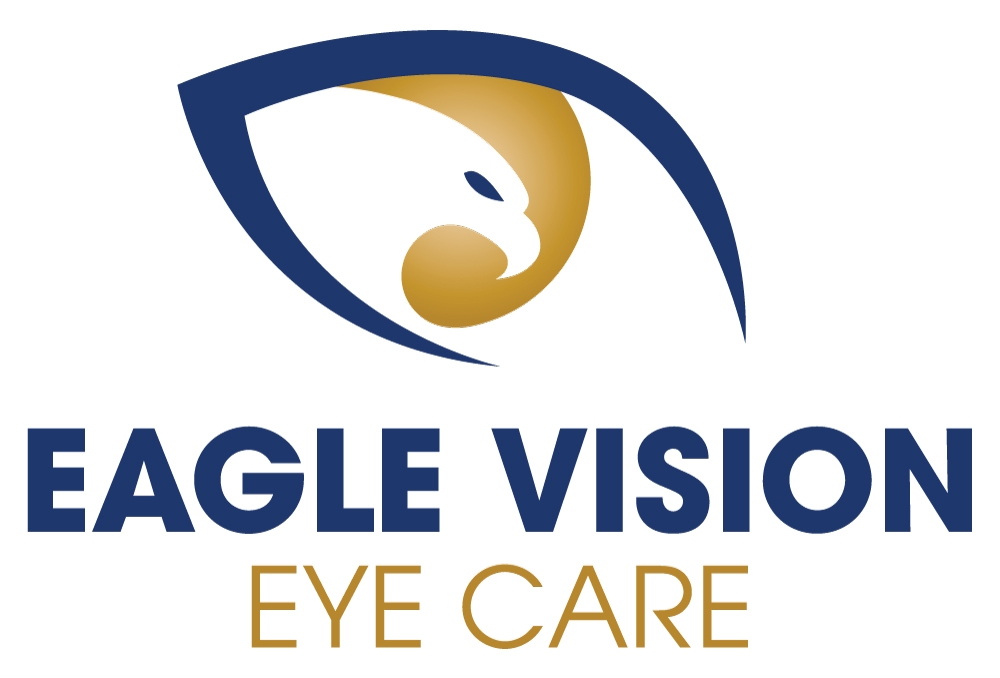Myopia, which is also called nearsightedness, happens when a child’s vision at distance begins to blur due to the eyeball getting longer and stretches the thin retinal tissue that lines the back of the eye. Myopia is on the rise in frequency and severity and two factors mainly affect it. Genetics and Lifestyle are the two main factors that affect the rising levels of myopia. Kids with one or two myopic parents are more likely to be myopic. Spending more time reading and on handheld devices instead of spending time outdoors, increases the chance of becoming highly myopic.
Myopia Management has been proven to slow down the progression of Myopia. Slowing down the progression of myopia will decrease the chances of getting sight threatening diseases that are most common in high myopia such as Retinal Detachment, Glaucoma, and Macular Disease. Three Myopia Management Therapies have been proven to slow down the progression of myopia and improve the quality of life. These three therapies are OrthoKeratology (Ortho-K), Dual Focus Contact Lenses (MiSight Lenses), and Atropine Therapy. These treatments will accommodate a more active lifestyle. Ortho-K will result in crystal clear vision during the day without the use of glasses or daytime contact lenses. MiSight lenses are comfortable and achieve great distance vision immediately. Atropine Therapy can be used alone or as an additional therapy along with Ortho-K or Dual Focus lenses as an additive effect for extra control.



